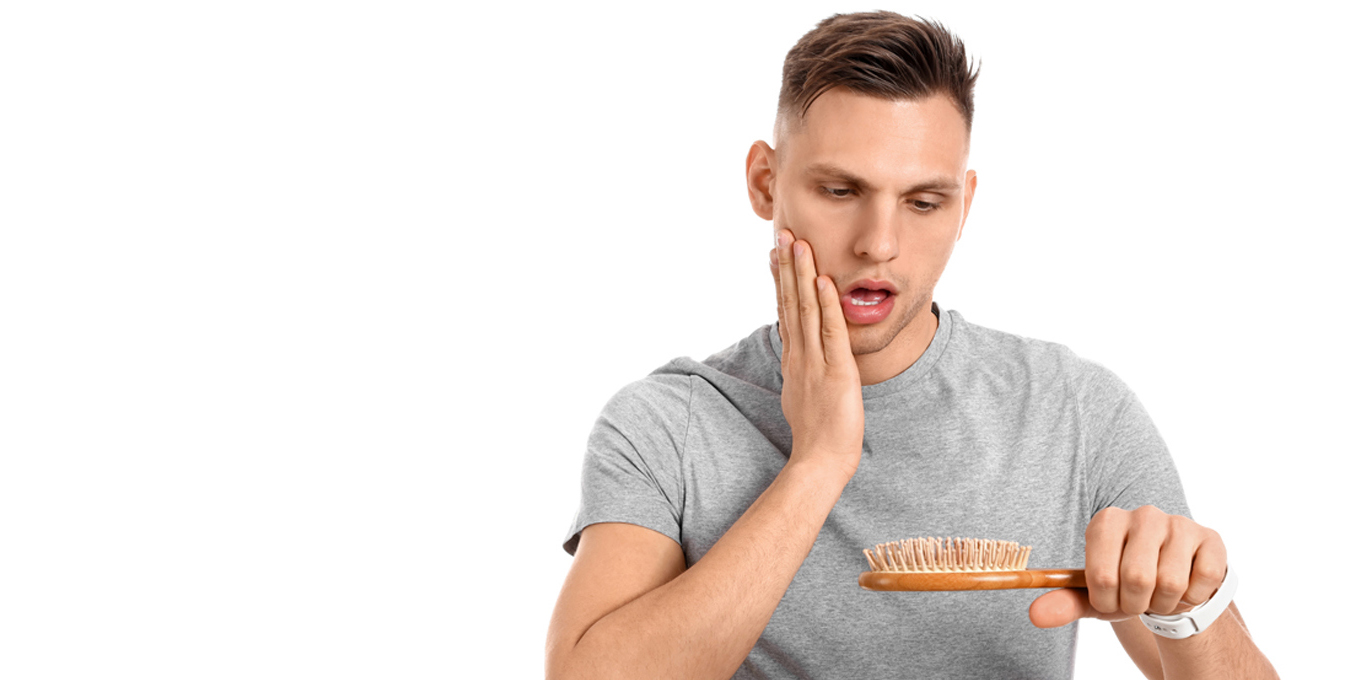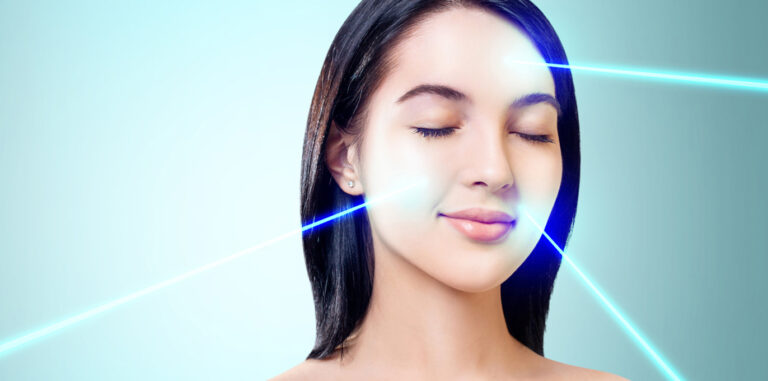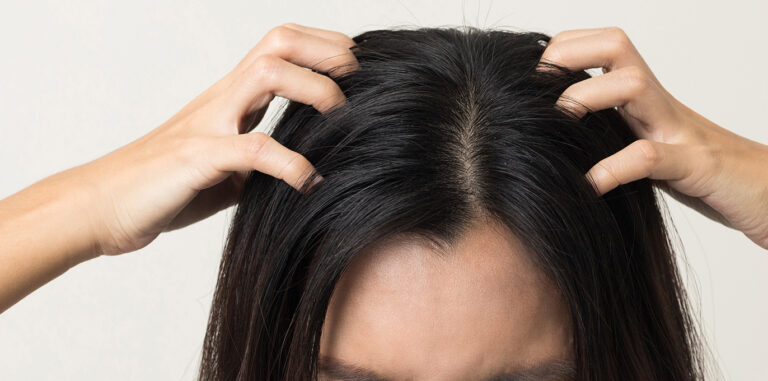Introduction
Hair loss can be a distressing experience for both men and women, impacting self-esteem and confidence. Fortunately, advancements in hair restoration techniques offer hope to those seeking to regain a full head of hair and restore their confidence. In this comprehensive guide, we’ll explore the causes of hair loss, effective hair restoration solutions, and how finding the right treatment can transform your appearance and boost your self-confidence.

Understanding Hair Loss
Hair loss, also known as alopecia, can occur due to various factors, including genetics, hormonal changes, medical conditions, medications, and lifestyle factors. The most common types of hair loss include:
- Androgenetic Alopecia: Also known as male or female pattern baldness, androgenetic alopecia is the most common cause of hair loss and is characterized by a gradual thinning of hair on the scalp in a specific pattern.
- Telogen Effluvium: Telogen effluvium is a temporary form of hair loss that occurs due to factors such as stress, illness, hormonal changes, or medication use, leading to excessive shedding of hair from the scalp.
- Alopecia Areata: Alopecia areata is an autoimmune condition that causes patchy hair loss on the scalp, eyebrows, or other areas of the body, resulting from the immune system attacking hair follicles.
- Medical Conditions: Certain medical conditions, such as thyroid disorders, scalp infections, and nutritional deficiencies, can contribute to hair loss and thinning.
Effective Hair Restoration Solutions
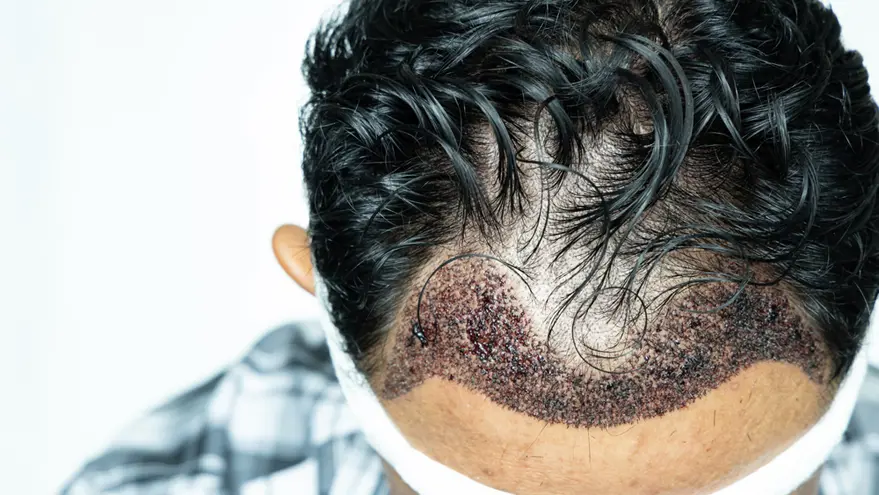
- Hair Transplantation: Hair transplantation is a surgical procedure that involves removing hair follicles from a donor area of the scalp, typically the back or sides, and transplanting them into thinning or balding areas. This procedure offers a permanent solution for restoring hair growth and density.
- Platelet-Rich Plasma (PRP) Therapy: PRP therapy involves extracting platelets from the patient’s blood, concentrating them, and injecting them into the scalp to stimulate hair follicle growth and improve hair thickness and density. This non-surgical treatment is effective for both male and female pattern baldness.
- Low-Level Laser Therapy (LLLT): LLLT uses low-level laser technology to stimulate hair follicles, increase blood flow to the scalp, and promote hair growth. This non-invasive treatment option is suitable for individuals with mild to moderate hair loss and can be used in conjunction with other therapies for enhanced results.
- Topical Treatments: Topical treatments such as minoxidil (Rogaine) and finasteride (Propecia) are FDA-approved medications that can help slow down hair loss, stimulate hair regrowth, and improve hair density when applied regularly to the scalp.
- Scalp Micropigmentation (SMP): SMP is a non-surgical cosmetic tattooing technique that involves depositing pigment into the scalp to create the appearance of fuller hair density and camouflage areas of thinning or baldness.
Finding the Right Treatment for You
Choosing the right hair restoration treatment depends on various factors, including the cause and severity of your hair loss, your overall health, lifestyle preferences, and budget. It’s essential to consult with a qualified hair restoration specialist or dermatologist who can assess your condition, discuss your treatment options, and develop a personalized plan tailored to your needs and goals.
Restoring Confidence Through Hair Renewal
Hair loss can have a profound impact on self-esteem and confidence, affecting social interactions, professional opportunities, and overall quality of life. Fortunately, hair restoration treatments offer a path to regaining confidence and reclaiming your appearance. By addressing the underlying causes of hair loss and choosing the right treatment approach, you can achieve natural-looking results and a renewed sense of confidence. Whether you opt for surgical hair transplantation, non-surgical therapies, or a combination of treatments, restoring your hair can transform your self-image and empower you to face the world with renewed confidence and vitality.
Conclusion
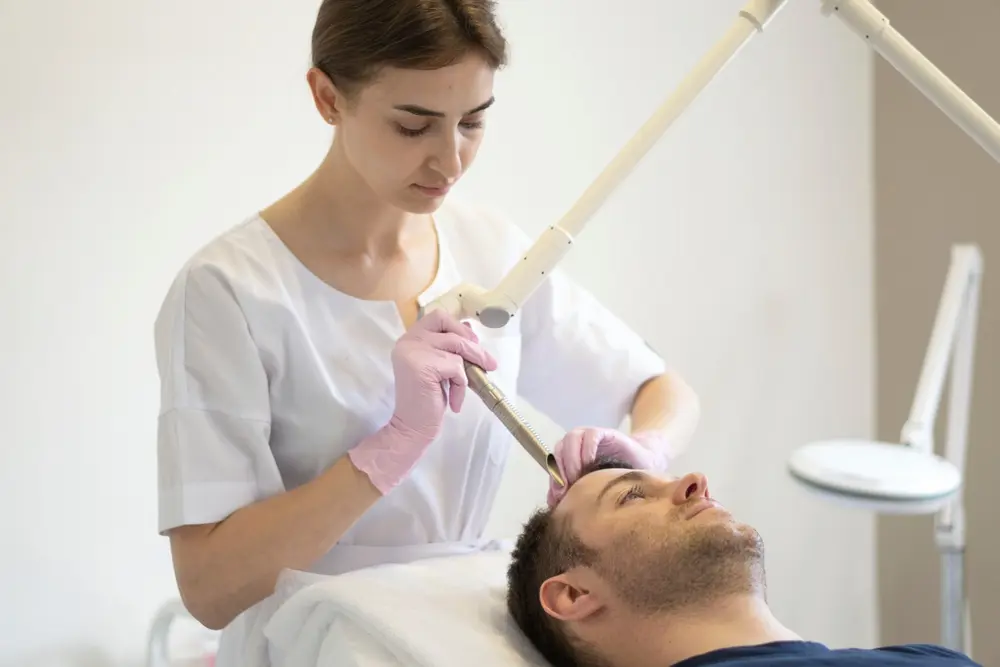
Hair loss is a common concern that affects millions of people worldwide, but it doesn’t have to define you. With advancements in hair restoration technology and treatment options, regaining a full head of hair and restoring your confidence is within reach. Whether you’re experiencing male or female pattern baldness, temporary hair loss, or autoimmune-related alopecia, there are effective solutions available to help you achieve your hair restoration goals. By consulting with a qualified hair restoration specialist and exploring your treatment options, you can embark on a journey to renewed confidence and a fuller, more vibrant head of hair. Don’t let hair loss hold you back – take the first step towards hair renewal today and embrace a brighter, more confident future.

